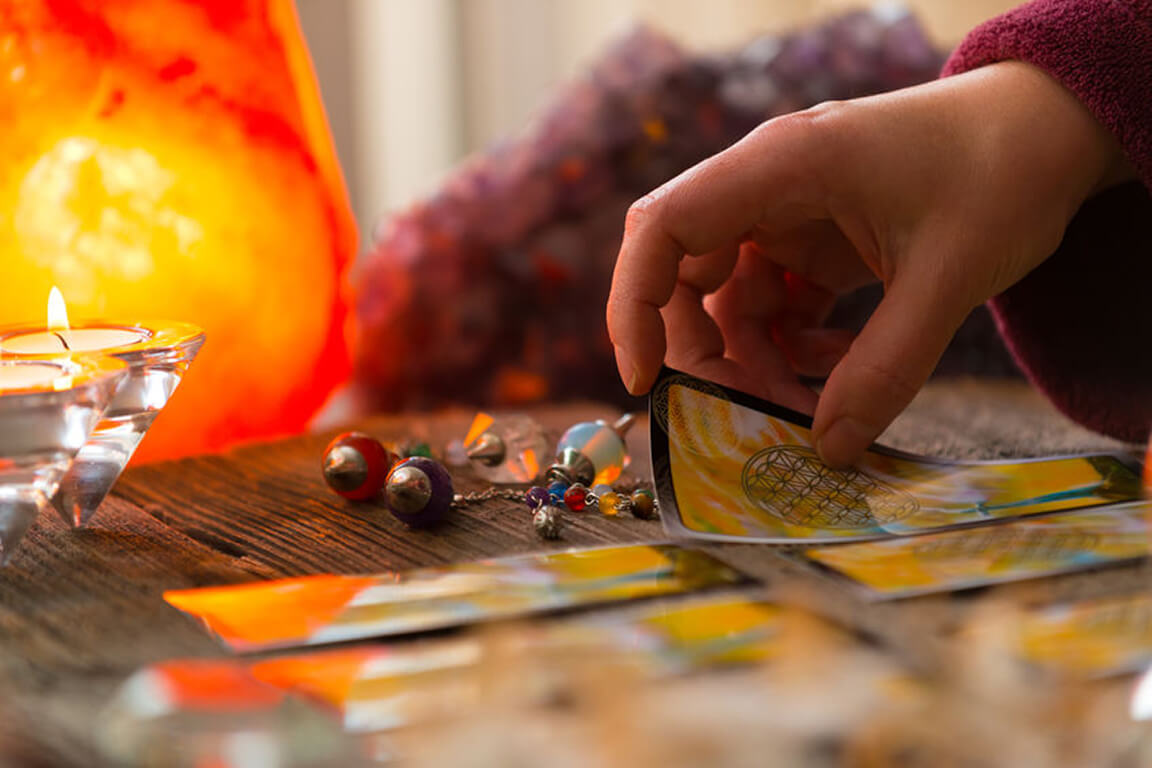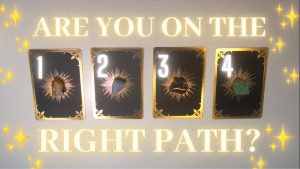The world of tarot card reading is full of mystery and enigmas. Either as a divinatory method or as a path to self-discovery, tarot has its tricks. There are several factors and skills to become a better tarot card reader. Join us to discover five easy steps to tarot card reading:
1. Set good foundations:
As is the case in every profession, tarot card reading demands the reader have a vast knowledge on the subject matter. To expand your conceptual background improves your ability to interpret the cards. To understand a spread, it is crucial to study symbology, numerology, history, color theory … Go to the foundations of several religious systems and look for their similarities. This will help you see the depths of each image with a broader perspective.
2. Start from the beginning:
If you’re new to tarot card reading, it is best to start with a traditional Rider-Waite deck. Pamela Colman-Smith’s graphic work is a complete system, much friendlier, and easier to interpret than other hermetic decks. The Marseille tarot, for example, presents us with the challenge of memorizing the meaning of each card without Rider’s supporting images.
3. Clear your mind before a tarot card reading:
Although connecting with your intuition to read tarot cards is a must, it is also necessary to learn how to empty your mind of all intruding thoughts. Focusing on a question, a person or a particular situation, hoping to get a specific answer can alter the spread results. Thus, it is vital to learn how to clear your mind and let the cards do their job.
4. Work on your memory:
Studying tarot card reading is a fantastic journey that starts by learning the associations and energies of each suit. Then, you start discovering the connections between numbers and lessons of each card. There’s a rich world of meanings waiting for you to dive into.
If you have trouble memorizing the meaning and combinations of each card, you can always work on your memory can help you with your tarot card reading. Look for alternatives methods to improve your retention, and thus your ability to read a tarot card spread.
5. Trust your instincts:
So far, we have addressed the most rational aspects of tarot card reading, but the spiritual part plays a significant role too. Learning to follow your instincts, and your inner voice, is decisive. Connect with their questions, their voice, allow yourself to feel their energy. You will see how the combinations, answers, and results begin to flow.
An extra tip!
Finally, you must connect with your tarot deck and its energy. Tarot card reading is an art, but also a discipline that awakens our unconscious aspects. Approaching archetypes with the curiosity of a child helps us access the ancestral knowledge nested in the darkest places of our brains.
Through tarot card reading, we can intuit our querants’ present, but we can also know their concerns, desires, and fears. In one way, tarot card reading is also a therapy to read ourselves. Do you dare look within?




